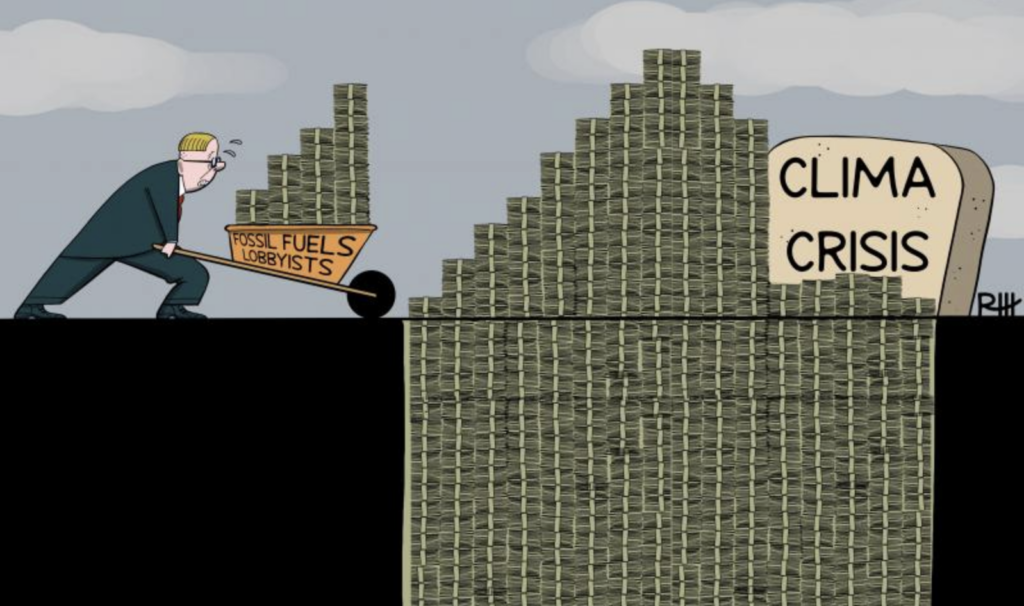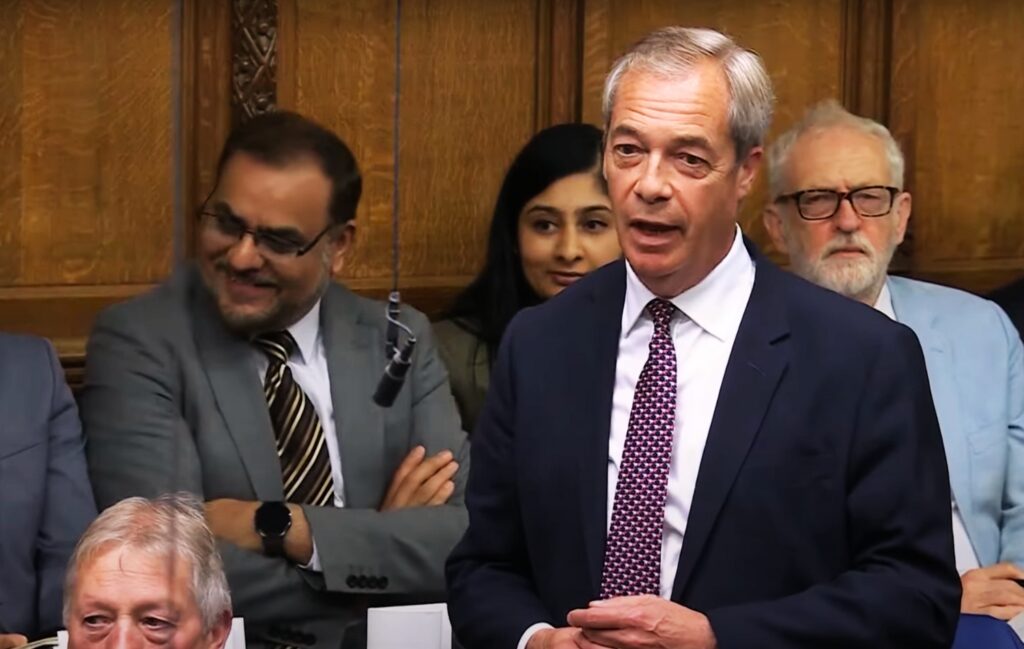It looks like islands aren’t the only thing Enbridge overlooks these days.
A report released today by ForestEthics Advocacy summarizes all of the information missing from Enbridge evidence brought before the Joint Review Panel in the Northern Gateway Pipeline hearing. The ongoing hearings, which began in September, address the proposed project’s economics, construction plans, operations, environmental impacts, risks to marine life and First Nations’ rights.
However ForestEthics suggests the evidence submitted by Enbridge is far from comprehensive. In fact, the company has “a frightening number of gaps in its information that won’t be prepared until after approval is granted” to the project, says the report.
Below is an abridged version of ForestEthics’ Pipelines and Promises, which outlines the evidence Enbridge has so far failed to submit to the Northern Gateway hearings:
1. Oil Spill Response: Although Northern Gateway Pipelines president John Carruthers said his company would respond to questions regarding “world-class emergency preparedness and response capability” for the Northern Gateway Pipeline, no details regarding spill-response or prevention have been submitted for review at the hearing.
During cross-examination, all Enbridge could say was “we have a lot of work to do.” Representatives admit that no detailed oil-spill response plan will be submitted until six months before the pipeline is operational.
2: Terrain Hazard Assessment: When the Province of B.C. cross-examined Enbridge, it became clear that the company had left out pertinent information regarding clay sedimentation – which is known for instability – along the proposed pipeline route. Enbridge representative Ray Doering stated that “there is a substantial amount of additional geotechnical work…that needs to be undertaken to further inform the risk analysis and the geohazard risk analysis.”
3. Leak Detection: What size leak will be detectable along the pipeline route is still unknown to Enbridge. Despite promising “world-class” leak detection, Enbridge has yet to finalize detection engineering and will only do so after the project is approved.
4. Insurance Coverage: According to Enbridge it is too early to say what kind of insurance coverage the company will have to cover costs in the event of a spill. According to ForestEthics Advocacy, “Enbridge was asked to provide an estimated premium for $250 million in general liability coverage” even though the costs for spill cleanup in Michigan – where an Enbridge pipeline leaked over 100 million gallons into a river – has exceeded $800 million making it the most costly onshore cleanup in American history.
5. Demand and Toll Rates: Northern Gateway president John Carruthers told the panel that the cost to transport bitumen through the pipeline will not be determined until after the project is approved. That means arguments based on demand for the project do not rest on known or reliable data.
6. Tax Revenue: Enbridge played up the economic benefits to government in their cost-benefit analysis of the Northern Gateway project while ignoring the costs to governments.
7. Local Labour: Enbridge admitted that workers will not necessairly be locally sourced during construction, especially when past workers can be brought in from other regions, to fill First Nations’ quotas.
8. Seismology: Even though B.C. recently experienced the second largest earthquake in the province’s recorded history, Enbridge seismic testing won’t start until after the project is approved.
9. Stream Flows for River Crossings: Enbridge can’t say what kind of variability they will see in stream flow along the pipeline route because the company won’t look at the behaviour of bitumen spills in rivers until…you guessed it: after the project is approved.
10. Seasonal Disruption of Fish Habitat: Details regarding fish habitat and the seasonal use of streams by fish won’t be considered until after the project is approved. Enbridge did say that they will provide a spill response plan specially designed for salmon habitat, but not until a spill occurs, because the company plans on handling such instances on a “spill-case-by-spill-case-basis.”
11. Environmental Baseline Studies: Enbridge’s research regarding environmental damage – and its mitigation – will happen once the project is approved during its planning and engineering phase.
12. Pipeline Routing: Enbridge will not say exactly where it will construct the pipeline, because detailed engineering will not occur until the the project is approved. For that reason, Enbridge cannot be questioned on the specific dangers the pipeline will pose to waterways.
13. Clore and Hoult Tunnels: These two tunnels are planned to help the pipeline avoid unstable sections of the Coast Mountains but no geohazard assessment has been performed for either.
14. Pipeline Access: Enbridge doesn’t know how it will get to leaks along remote segments of the pipeline or which access roads will be consistently maintained for use. The company also does not know if helicopters will be available along the route or if seasonal conditions – like ice – might affect spill response.
The Joint Review Panel will decide if this project is in the public interest on December 29, 2013.
ForestEthics Advocacy adds that this list is not comprehensive and that Enbridge has failed to provide crucial information regarding the Northern Gateway Pipeline in other instances.
The report’s conclusion states:
“Enbridge and its experts have also admitted to the need for more research on the endangered Telkwa caribou herd, rare plants along power line easements, water crossing over salmon, trout and sturgeon habitat, etc. etc. Much of Enbridge’s testimony over the past two months has involved asking for the public’s trust.Trust the company’s promises and commitments to develop more detailed engineering for a project they really want to build.But how can First Nations and residents of Northern British Columbia, so reliant on healthy watersheds and the coast, really trust this company that is unable, despite its massive budget, to answer basic, fundamental questions?”
According to ForestEthics, Enbridge has lobbied the federal government 145 times since 2008 in an effort to “streamline the environmental assessment process and make changes to [Department of Fisheries and Oceans] and Transport Canada regulations.”
The pipeline hearings are set to continue through December 18 in Prince Rupert. In the new year additional hearings are set to take place in Vancouver, Victoria and Kelowna and will conclude in Prince Rupert in May.
Read ForestEthics Advocacy’s report, Pipelines and Promises [PDF] for more information.
Subscribe to our newsletter
Stay up to date with DeSmog news and alerts







